How to wash a blanket properly
Bedding needs regular proper care. Otherwise, they can quickly lose their properties and become unusable. The blanket is a very large textile item. Because of this, many difficulties can arise when caring for him. Therefore, it is worth figuring out how to wash the blanket so as not to harm the material.
When the blanket needs cleaning
Blanket washing can be scheduled or unscheduled. In the first case, the product is periodically cleaned. It is enough to wash once a year. But it is recommended to take into account the level of air humidity, room temperature, the presence of pets, the possibility of allergies, and so on. All of the above criteria increase the frequency of the scheduled wash up to several times per year. Extra cleaning is required when stains from dirt, spilled tea, etc. appear on the product.

Note! Blankets for allergy sufferers should be washed at a temperature of at least 60 degrees. Therefore, it is better to refuse synthetic winterizer and natural wool. These materials are treated with water at a temperature of 30 degrees.
It should be noted that timely and proper care of bedding accessories can increase their service life up to 10 years.
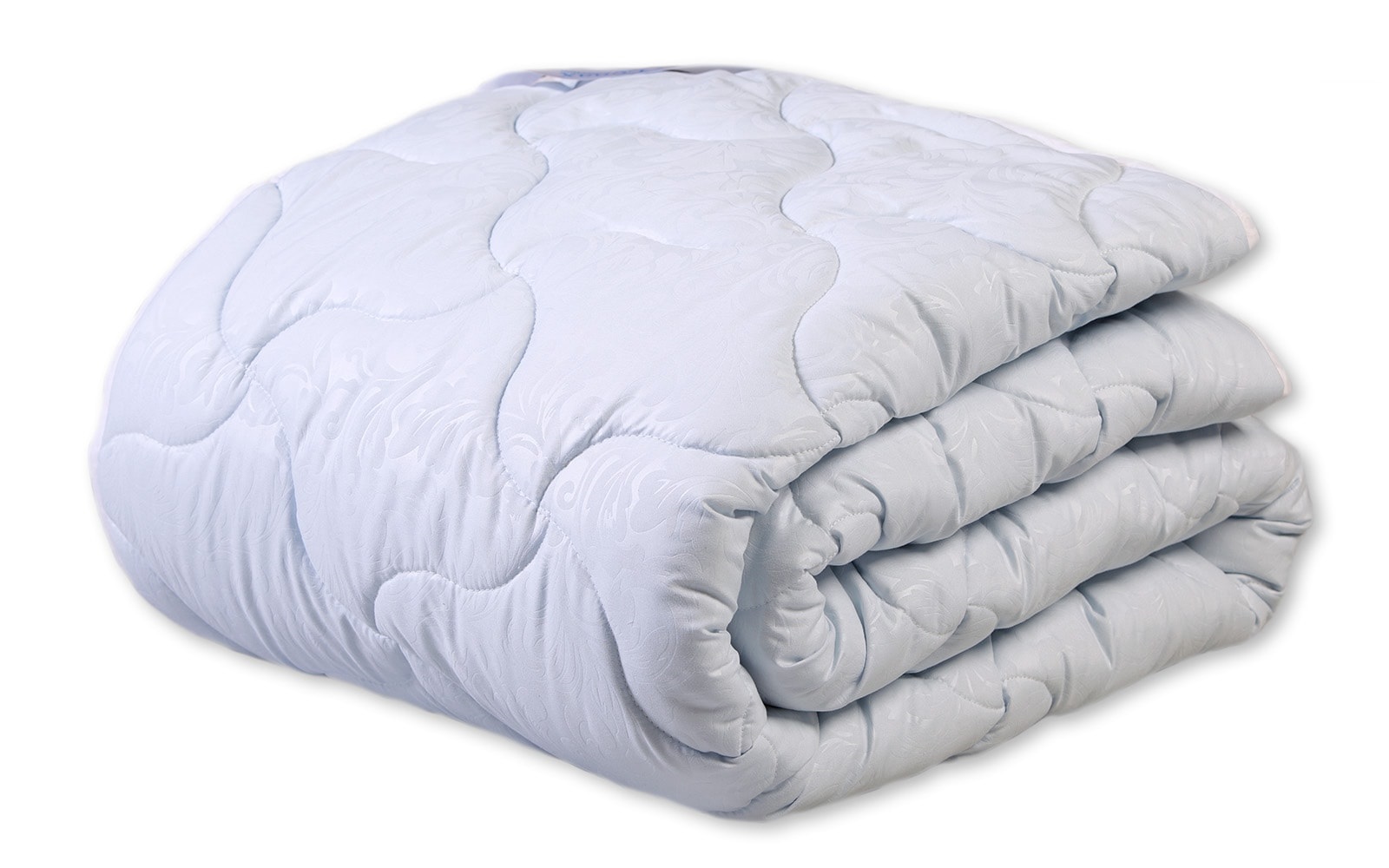
Preparing for washing
Preparation is recommended before washing. First, the blanket is freed from the duvet cover. Inspect for defects. If the seams are open, there are holes, you need to sew everything up.
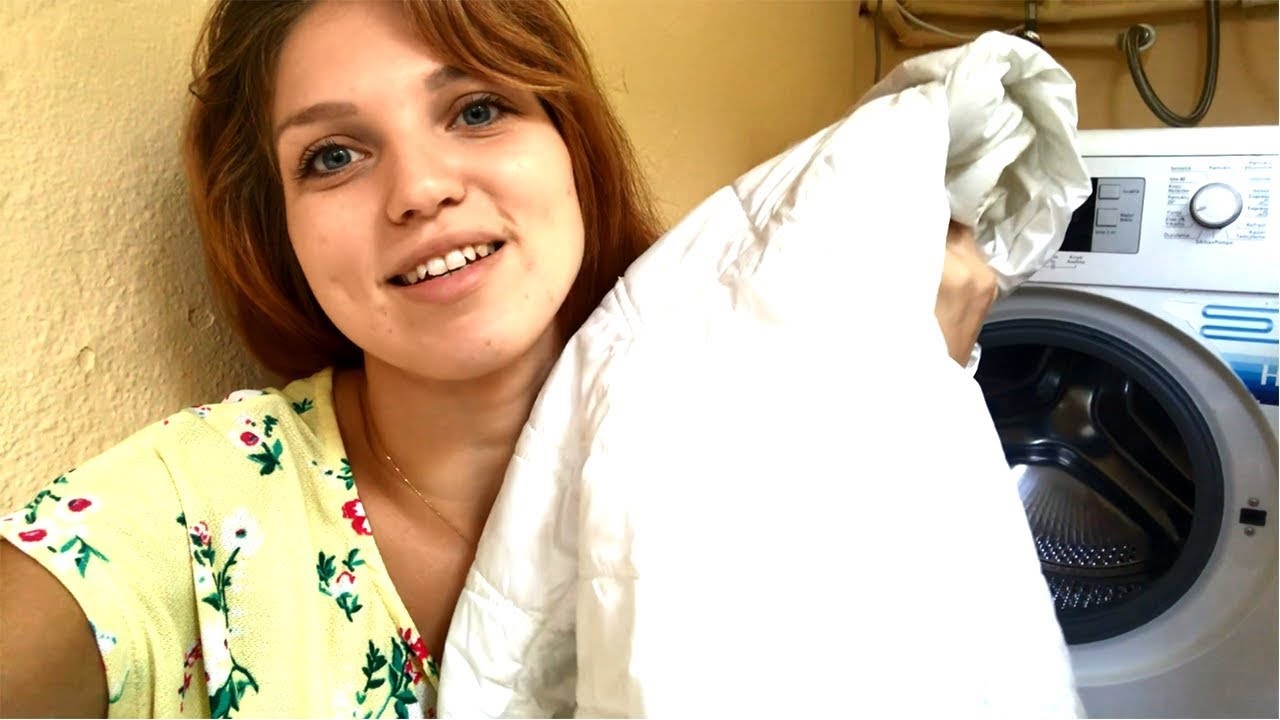
Preliminarily rid the blanket of dust. It is enough to shake it well several times. If old stains are present, remove them with laundry soap. It needs to be foamed and applied to problem areas. Only after the described actions can you start washing.
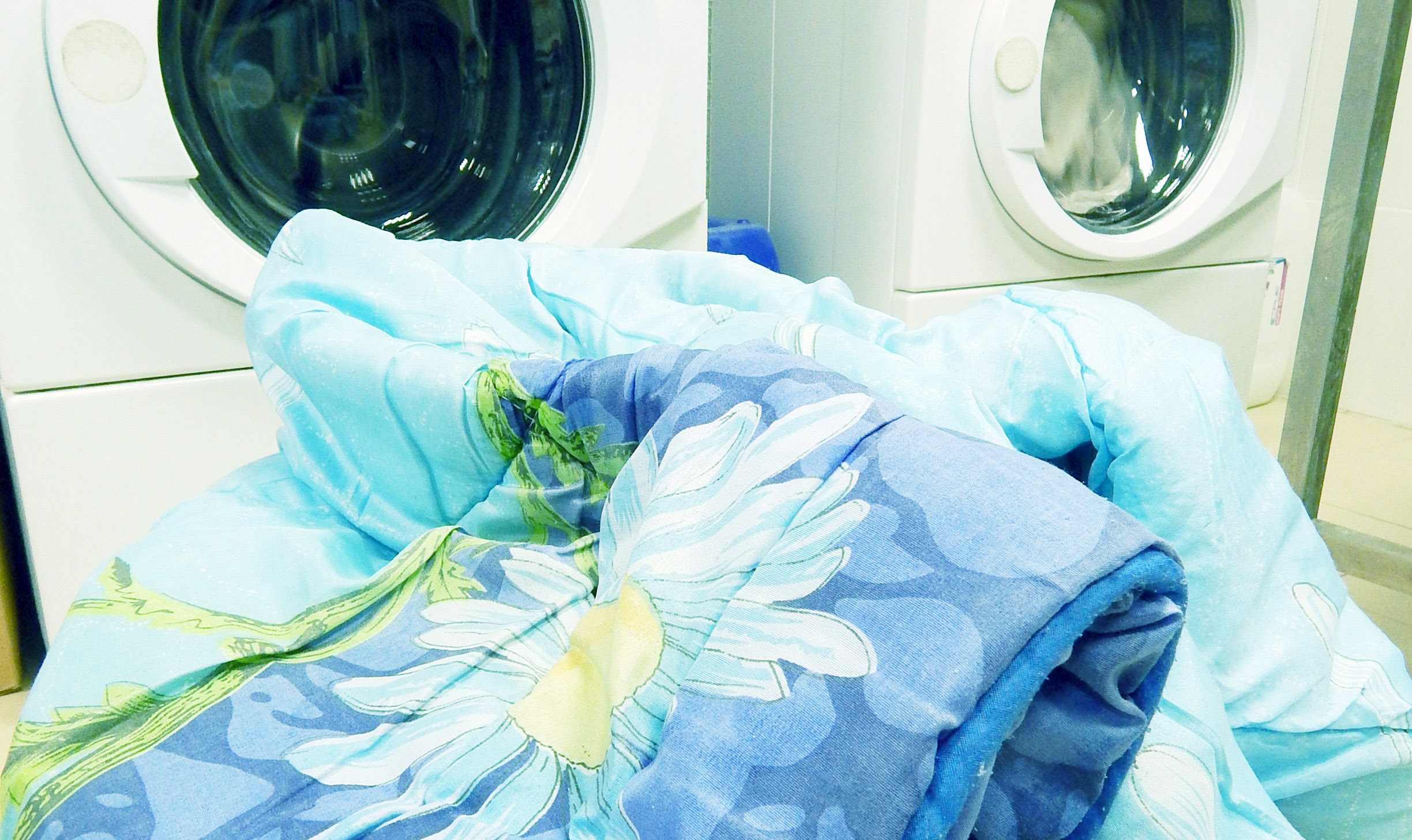
How to wash a blanket in a washing machine
Many people wonder if it is possible to wash the blanket in the washing machine. It all depends on the volume of the machine and the material of the product. Some fabrics are not suitable for the machine and can only be cleaned by hand.
First, they are determined with a suitable wash cycle. To do this, just examine the label on the product. But if it has worn off, then it is recommended to choose the most gentle mode.

Note! Most materials are difficult to withstand high temperatures. Therefore, the hand wash mode is the best solution. It is delicate and will not ruin the fabric.
It is not recommended to choose powder for blankets. A special gel is more suitable. It is easier for it to penetrate the fibers of the product, and it is washed out faster. The material of the product develops on the features of machine wash.For a quality procedure, you definitely need to know what fabric the blanket is made of.

Downy
Understanding how to wash a duvet in an automatic washing machine, it is worth noting that the technology is similar to cleaning a down jacket. Provided that the instructions on the label do not contradict this. Choose a delicate mode with a temperature of no more than 40 degrees. Be sure to install a soft spin. To prevent the formation of lumps inside the product during the process, it is recommended to place several tennis balls in the drum. During the drying process, it is also necessary to periodically beat the blanket.

Baikovoye
The product is quite soft and light. This makes it easy to fit into the drum. It is recommended to fold the blanket before washing. When choosing a mode, it is worth considering the percentage of wool in the product. The higher it is, the more delicate the wash should be. The water temperature is not hotter than 40 degrees. It is recommended to use gel instead of powder, followed by rinse aid. This will keep the fabric soft.
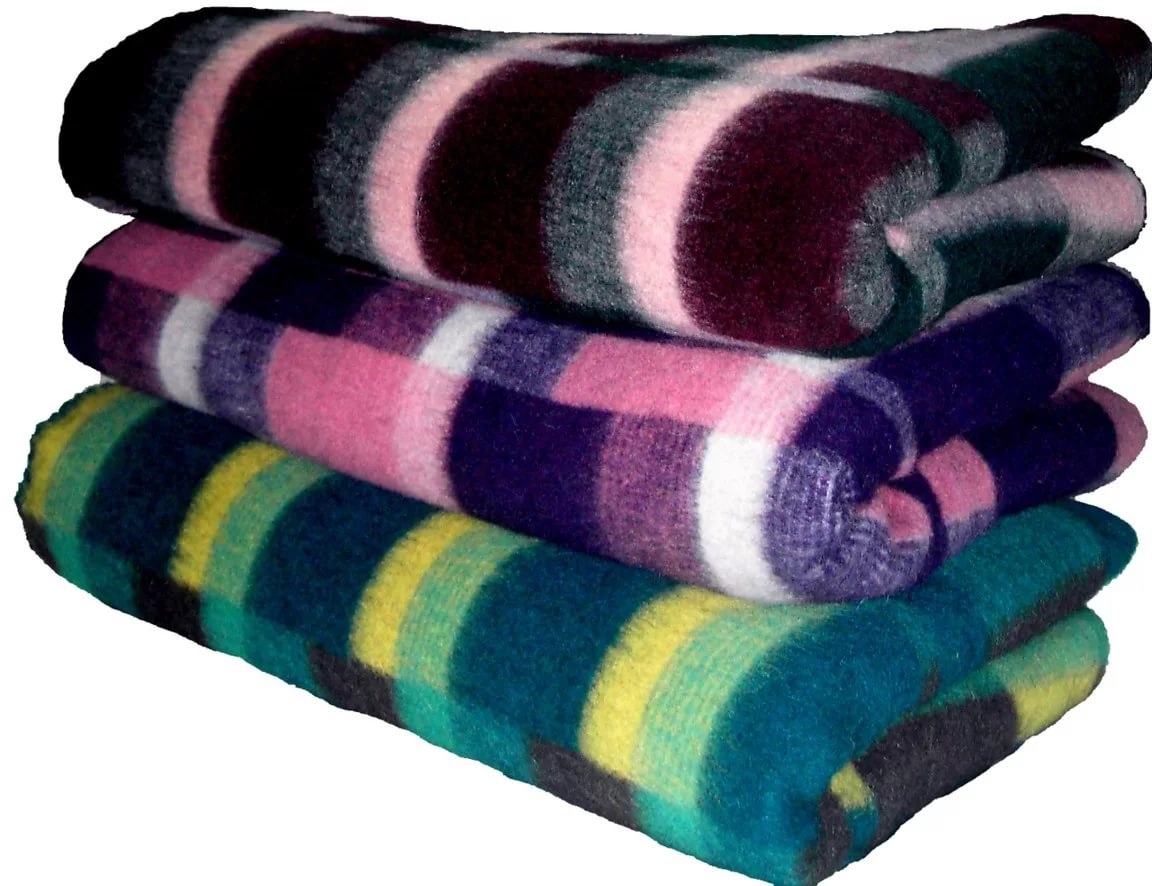
Wadded
Such a product is rather difficult to wash. All because of the heavy weight. Therefore, the vending machine will only be able to clean the cotton blanket if the drum is quite large. Do not pre-soak the product. The filler can get lost in lumps and it will not work to return to its previous appearance. After washing, you should also knock the product several times during the drying process so that it does not crumple inside.
Reference! If the washing machine does not hold the cotton product, you can clean it by hand. To do this, it is not necessary to wet it completely. It is enough to remove contamination locally. This will make washing easier and drying easier.

Woolen
It is easier to refer to the label on the fabric, which contains all the recommendations for care. But if this cannot be done, then it is worth remembering the simple recommendations for washing woolen things. Among them:
- Do not use hot water. The temperature regime must be strictly observed.
- The spin should be soft. Woolen items must not be twisted.
- It is necessary to do without friction. This applies more to hand wash than machine wash.
It is recommended to use the dry cleaning method whenever possible. For the washing machine, be sure to select the delicate mode. It is necessary to rinse the blanket well and not allow it to be squeezed too much.

Camel
Camel wool products are no less capricious than the previous version. Such a blanket does not tolerate a standard machine wash. Therefore, only the delicate mode will do. In addition, it is recommended to use special cleaning agents for woolen garments. They contain lanolin, allowing the fibers of the material to remain soft. If in the modes of the washing machine there is a special one for woolen products, then it is worth using it.
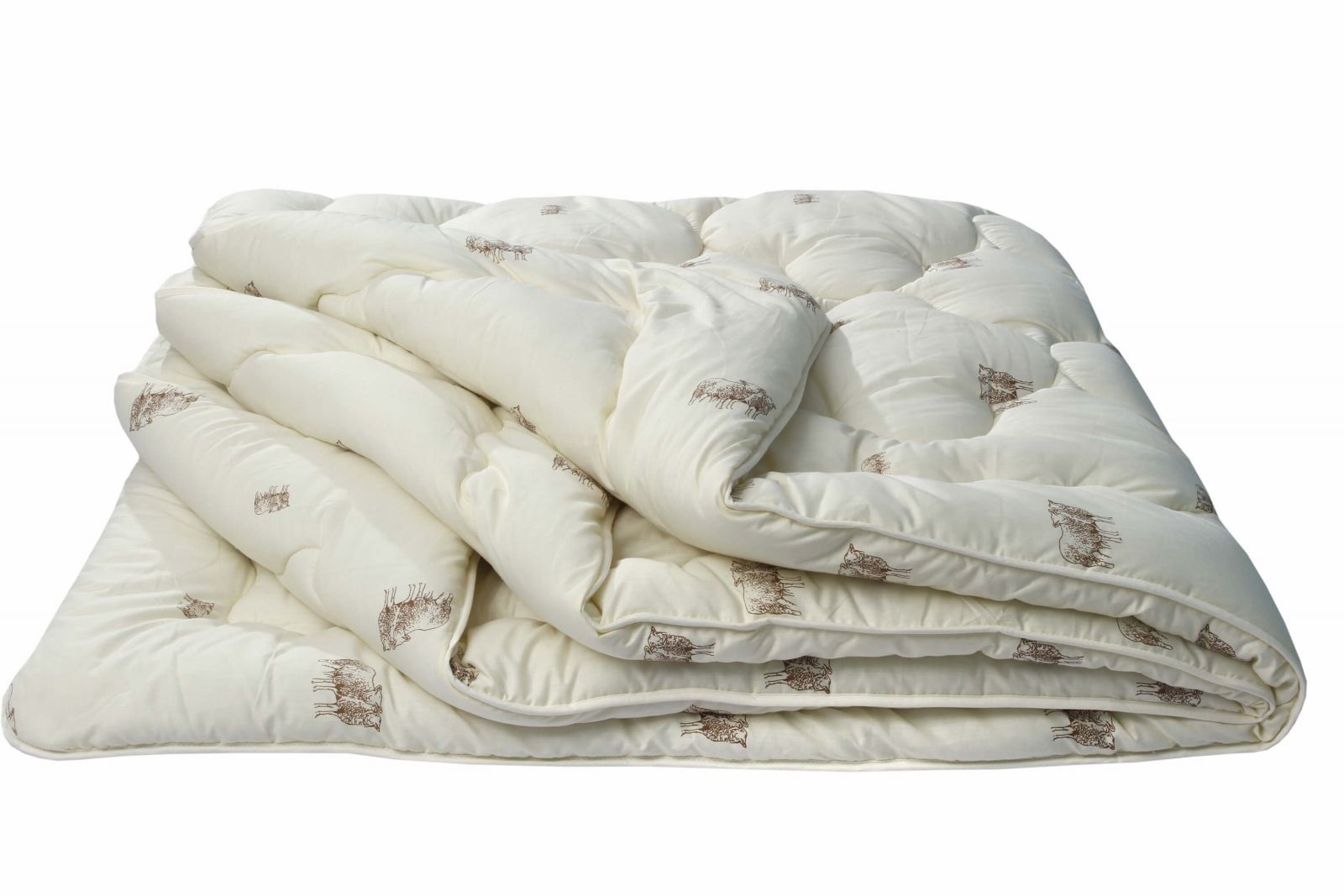
Silk
Such a filler will not work for a full wash. Even a delicate washing machine can ruin the item.This is due to the fact that silk fibers, in contact with water, begin to form lumps, deteriorating the structure of the blanket.
If a stain appears on the surface, you can get rid of it with special silk products. You do not need to completely wash your blanket. It is enough to get rid of contamination locally.
The good quality item has a zipper at the side seam. Through this hole, you can remove silk fibers, wash the cover itself, and then refill it with filler. If this is not done, the quality of the product will deteriorate greatly.

Bamboo
The material is durable. Therefore, this filler will withstand machine wash. The main thing is not to use bleach or similar aggressive cleaning agents for such a blanket. The water temperature is 30 degrees. Although bamboo fiber can withstand washing in a washing machine, it can be easily bent and damaged during spinning. Therefore, it is recommended to set a light spin.

Synthetic
Compared to other materials, synthetics are less capricious. The main thing is that the drum of the machine is large enough to accommodate a blanket. Such material increases in size from water. Therefore, this must be taken into account when the product is loaded into the machine. If it fits into the drum with difficulty, it is better to refuse such washing, otherwise the blanket may damage the elements of the equipment.

Features of hand wash
Hand washing is much more difficult due to the large size of the product. But this method is less aggressive and affects the fabric softer. The blanket has a special covering, which often suffers from machine washing. With the manual method, the fabric does not suffer. The preparatory steps for washing by hand are the same as for cleaning in a washing machine.
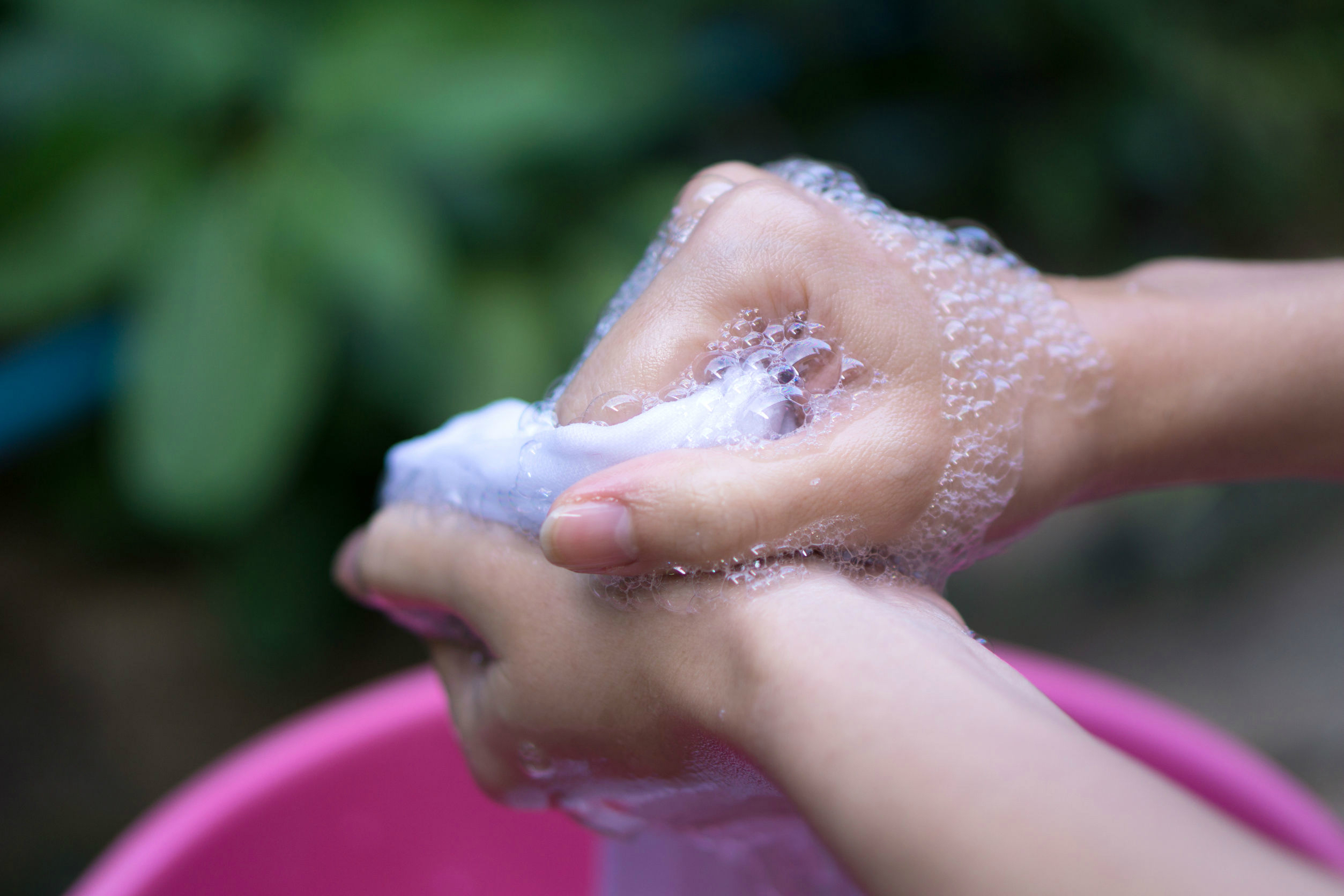
Hand washing consists of the following steps:
- The bath is filled with water to 1/3 of the total volume. The temperature should be maximum 30 degrees. Hotter water will not work and may damage the product. The only exception is the instruction on the label, which indicates the exact allowable temperature.
- Dissolve the selected cleaning agent in the collected water.
- The blanket is dipped in water and well pressed to the bottom of the bath. Leave for several hours.
- You can use a soft brush for cleaning. Or climb into the bathtub and stomp your feet on the entire surface of the product. Then it is turned over and the procedure is repeated. It is periodically recommended to collect the product in a lump, and then straighten it.
- Dirty water goes down. The bath is filled with clean, the same temperature. The blanket is rinsed. It is necessary to repeat the procedure until the water becomes clear.

After hand washing, it is necessary to leave the product for several hours to allow the excess liquid to glass.
We recommend using gels as a cleaning agent. It is much easier and faster to wash them off the surface. They act gently on the fiber without damaging it.
How to remove tough stains correctly
It was noted that the blanket should be inspected for stubborn, tricky stains before washing. They are removed beforehand to facilitate the whole process. To remove stubborn dirt, you need to choose the right detergent. You can start with liquid powder or gel.Their advantage is the ability to quickly dissolve even in cool water, easier washout when rinsing.

Note! You can use the usual free-flowing powder. But to wash it out, you will need to carry out several rinses, which is very laborious, because the blanket is being washed.
The stain remover is also suitable for getting rid of tough stains. The main thing, when choosing a detergent, is to carefully study the composition. It must be free of chlorine or corrosive substances. They can damage the fibers of the fabric. This is especially true for delicate materials. The agent is applied to the contamination locally. Next, you need to act according to the instructions on the package.

Laundry soap is a good remedy for stubborn dirt. First, a place with contamination is soaked in cold water. Then rub with soap on both sides. Leave for a while, you can rub this area slightly. Then the blanket is washed as usual.

How often should the blanket be washed
The product must be cleaned periodically, even if there are no noticeable, visible stains on it. Therefore, you need to know how often the blanket should be washed. The frequency of procedures is influenced by the temperature and humidity level in the room, and other criteria. The material from which the blanket is made is also important. Therefore, washing should be carried out at the following intervals:
- Wool fiber items are cleaned every six months.
- It is sufficient to wash synthetic or cotton blankets once a year.
- It is recommended to clean the down fabric every 4-6 months.
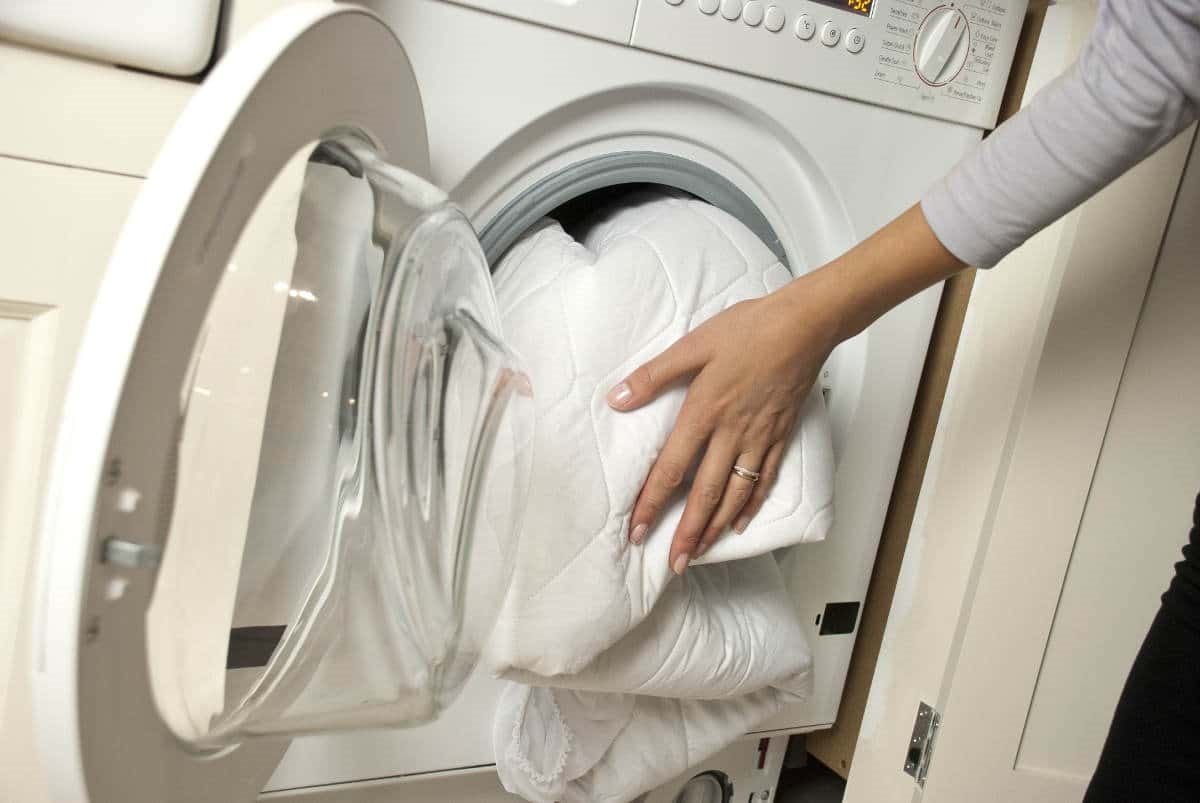
The specified dates refer specifically to the blanket. Duvet covers need more regular cleaning. So, they should be processed every 7-10 days. And every time, when the duvet cover is changed, dust is additionally selected from the duvet.
Drying features
In addition to washing it correctly, it is important to dry your garment properly. Otherwise, it can deteriorate, lose its former properties. To dry the blanket, you need to place it in a horizontal position. This will prevent heavy matter from stretching under the pressure and weight of moisture. Also, the horizontal position reduces the likelihood of lumps forming inside the product. If possible, you can spread a large piece of polyethylene on the floor and lay the product on it. A long stick is pre-laid in the middle of the blanket, this will allow the item to be lifted.

You can also dry in the bathroom. It is enough to hang the blanket on two clotheslines located at a short distance from each other. This method will evenly distribute the load on the entire web, preventing stretching of the fibers.

If fresh air is used for drying and the product is placed outdoors, it is important to protect it from direct sunlight. Only wind is suitable for drying. The warmth from the sun in this case plays against the quality of the blanket. Direct, hot rays can fade the surface of the product, and make the filler more rigid.
If drying takes place at home, it is recommended that the room is as well ventilated as possible. Products filled with fluff or cotton should only be dried on a flat surface. They need to be shaken periodically in the process.

Note! It is not recommended to use heaters and various heating devices to speed up the drying process. This could damage the material.
Only place the blanket in the duvet cover when it is completely dry.
Washing a blanket is a laborious process. The product is quite large and even into the drum of a washing machine it can be difficult to shove it. Therefore, it is important to take into account many nuances so as not to spoil the thing or equipment.

In order to prevent lumps, additional tennis balls are loaded into the drum. But they must first study the label of the blanket. There the manufacturer indicates all recommendations for the care of the material. It should be noted that bleach is only suitable for white fabrics and provided that the label does not prohibit the use of such aggressive products. You can use conditioner to soften the fabric.

After washing, follow all drying recommendations. If the product is not dried properly, it will be damaged. Regardless of the regularity of washing, you should vacuum the product on a monthly basis. These recommendations are enough to keep the product clean, of high quality and beautiful for many years.
Video: features of washing blankets at home





